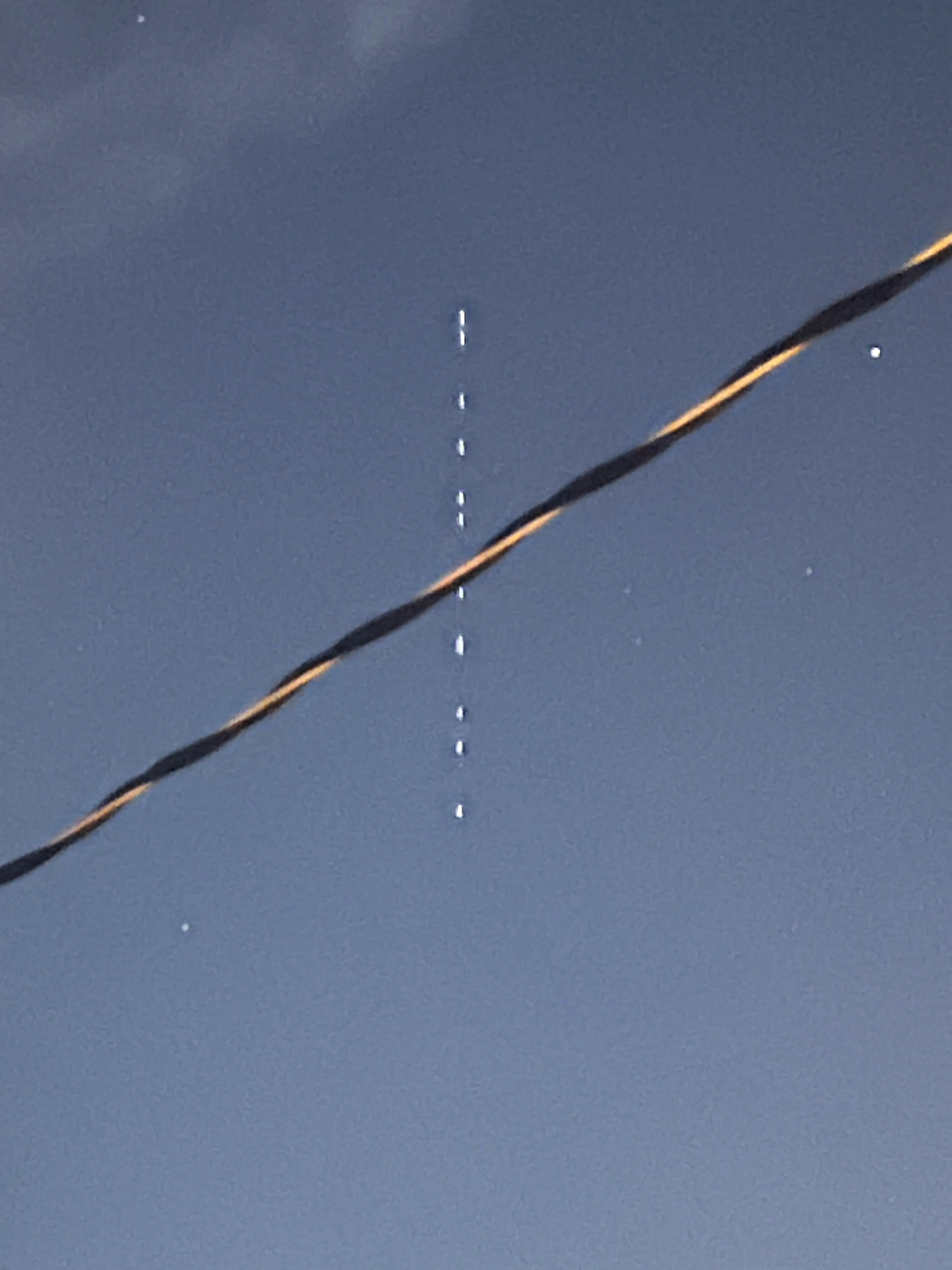Unmasking the 'Satellite Train': What Are Those Mysterious Moving Lights in the Sky?
Imagine stepping out onto your porch on a clear night, gazing up at the stars, only to be met by a truly peculiar sight: a perfect strand of lights, almost equally spaced, moving incredibly fast across the sky in a precise line. What's more, there are two such sets, with a slight gap in the middle. Naturally, your mind might race – a tubular spaceship? Something extraterrestrial? This exact scenario recently puzzled a curious sky-watcher, and the answer, while not alien, is certainly a fascinating testament to modern space technology.
The Mystery Solved: It's Likely Starlink!
For many who have witnessed this phenomenon, the immediate thought turns to the unknown. However, the comments section of the original post quickly illuminated the most probable culprit: Starlink. Far from being a spaceship, these are satellites, part of a rapidly expanding network designed to bring high-speed internet to every corner of the globe.
What is Starlink?
Starlink is a satellite internet constellation operated by SpaceX, Elon Musk's aerospace company. Its primary goal is to provide global internet access, especially to remote areas where traditional internet infrastructure is unreliable or non-existent. Thousands of these small satellites orbit Earth, communicating with ground stations and user terminals to create a vast, interconnected network.
The 'Satellite Train' Phenomenon
The reason these satellites appear as a 'train' of equally spaced dots moving rapidly across the sky is due to their initial deployment. After a launch, a batch of Starlink satellites are released into a low Earth orbit. At this stage, they are still relatively close together and haven't yet reached their final, higher operational orbits where they spread out. Their low altitude makes them quite bright and visible, especially shortly after sunset or before sunrise when the sun's rays still illuminate them while the ground below is dark.
Over the course of days or weeks, these satellites gradually ascend to their operational altitudes and spread out across the sky, becoming less noticeable as individual 'dots' and integrating into the wider constellation. If you see them, you're witnessing a new piece of the global internet infrastructure being put into place!

Beyond Starlink: The Rise of Other Constellations
While Starlink is the most well-known, it's not the only player in the satellite internet game. Companies like Amazon are also launching their own constellations, such as Project Kuiper. Amazon launched its first two prototype Kuiper satellites in October 2023. This raises an interesting question: as more constellations populate our skies, how can we differentiate between them?
Currently, it can be challenging to distinguish between different constellations purely by visual observation, especially during their initial deployment phases. However, information about specific launch times, orbital paths, and the unique characteristics of each company's satellites (like the 'two sets with a slight gap' noted by our sky-watcher, which could be specific to a Starlink deployment) can sometimes provide clues. As these constellations grow, tools and apps that track satellites will become even more crucial for identifying what we're seeing.
Impact on Our Night Sky
The proliferation of satellite constellations, while providing undeniable benefits like global connectivity, also sparks important conversations about light pollution and its impact on astronomical observations. These bright, numerous satellites can interfere with deep-sky imaging and professional astronomy, creating streaks across long-exposure photographs and potentially obscuring faint celestial objects.
Nevertheless, witnessing a satellite train can be a powerful reminder of humanity's ever-advancing technological prowess and our continuous reach into space. So, the next time you see a string of lights moving across the night sky, you'll know – it's not an alien invasion, but a fascinating glimpse into the future of global communication!




